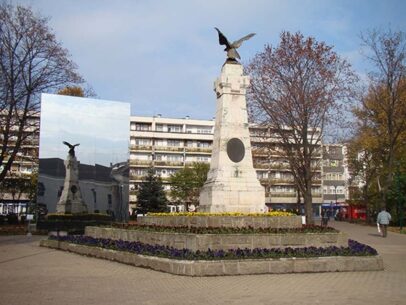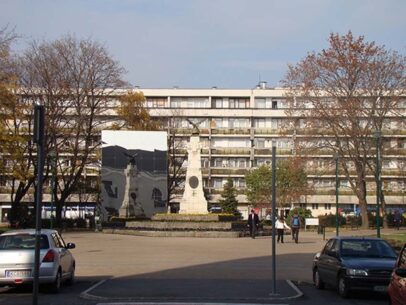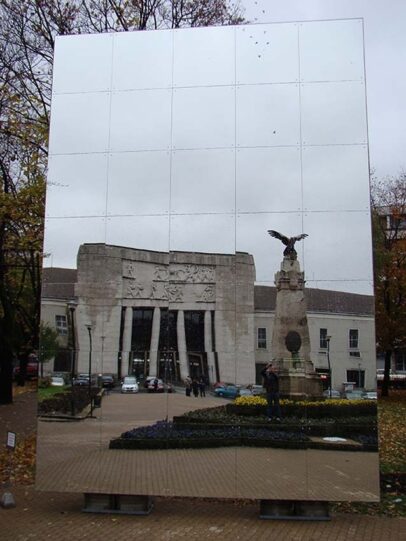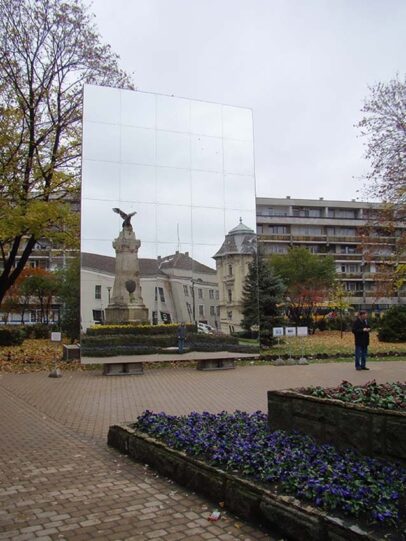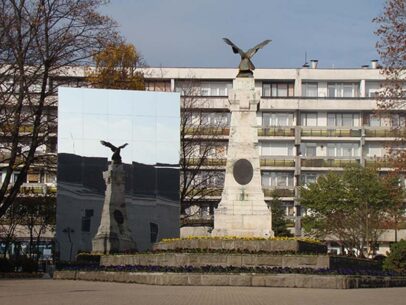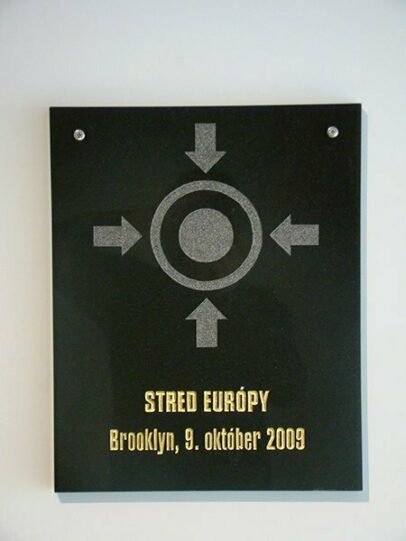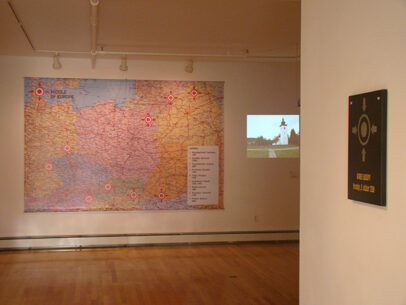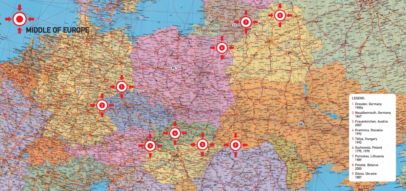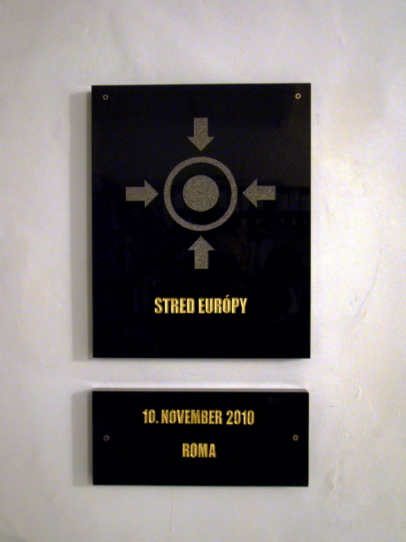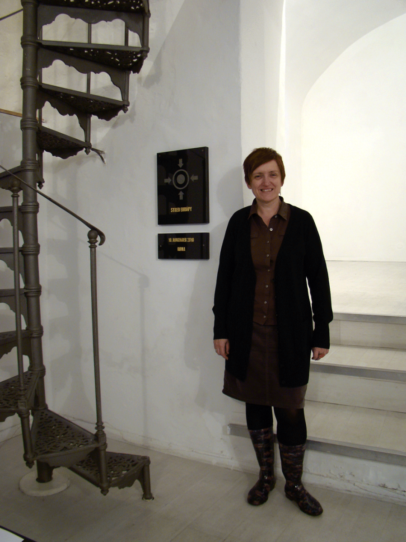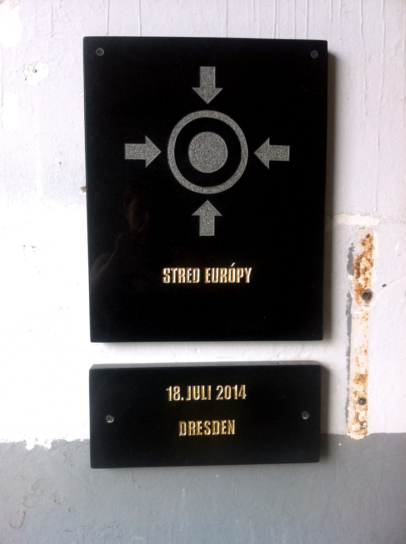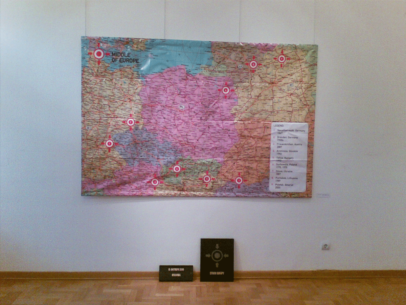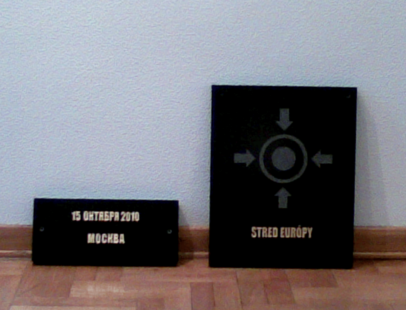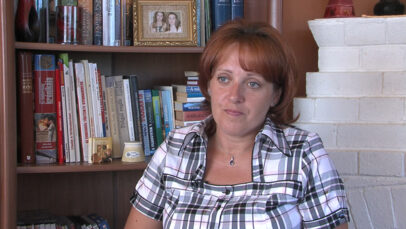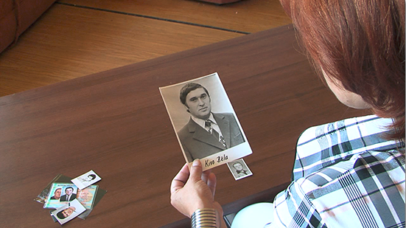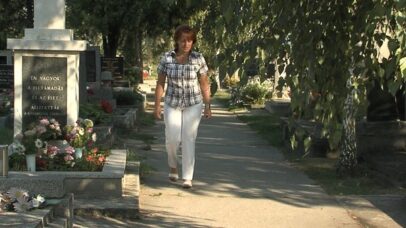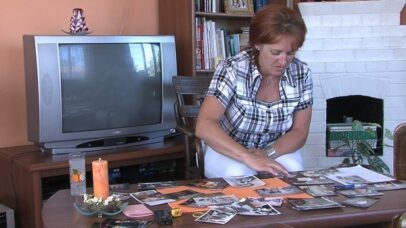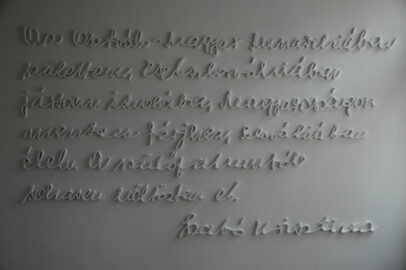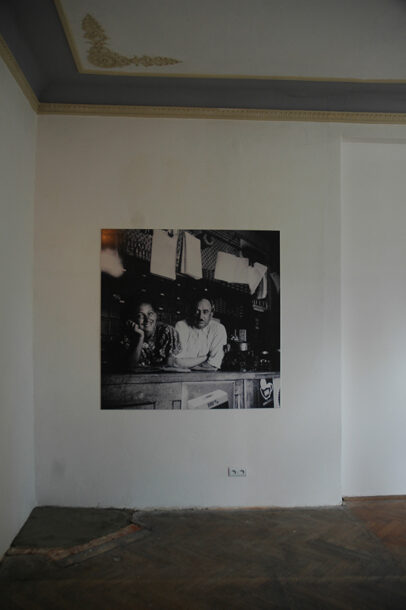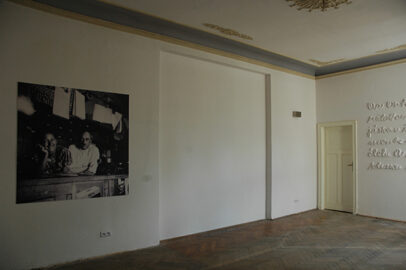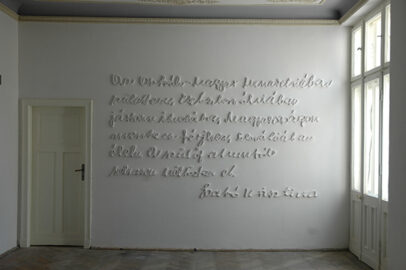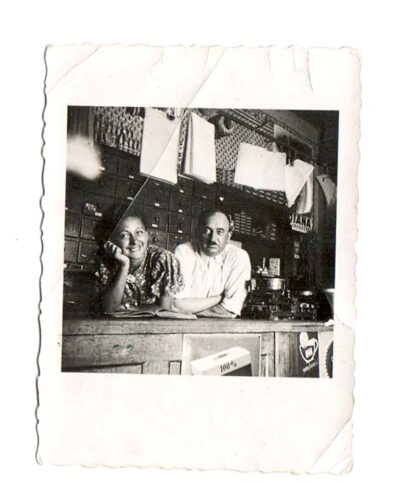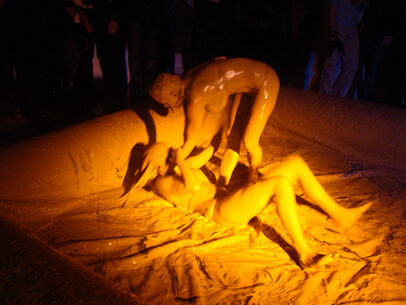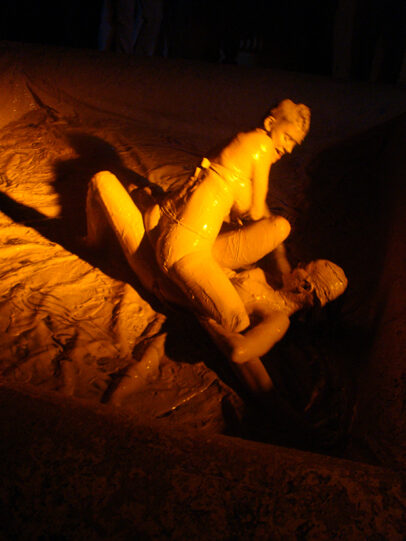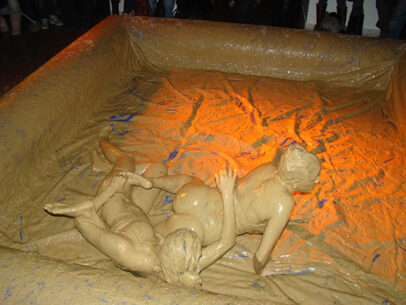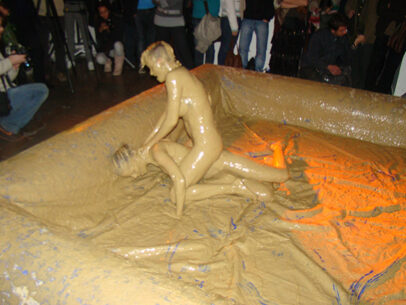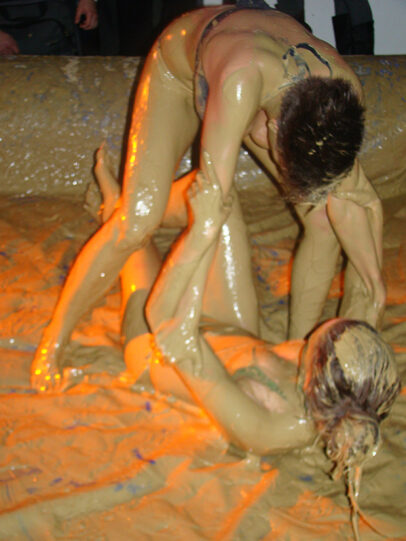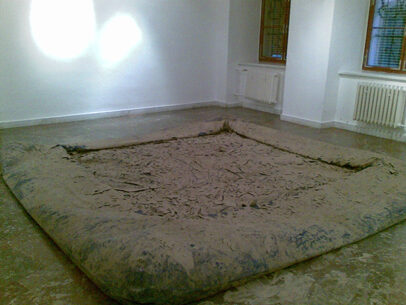Mirror, Győr
Mirror, Győr, 2009
Public art
535 x 788 cm
Mirrors, metal construction, hardboard
Location: Honvéd Liget, Győr, Hungary
Architect: Marián Ravasz
Photos by Marián Ravasz
“In 2009 Ilona Németh, an artist of Hungarian origin living in Slovakia, declared in an interview that the question of nationalism was unavodaible. Being invited to participate in a countrywide public art project in Hungary, she installed a huge mirror next to the statue of a turul bird, erected in the main square of the Hungarian town of Győr in 1902.6 Because the mythical turul bird stands for the historical Hungary, and has become the symbol of ‘Great Hungary’ and all the mythologizing that come with it, it serves as the main symbol of extreme right-wing nationalists. With the help of the mirror, Németh made the inhabitants of the city aware of the changing message of public monuments in different political regimes, and directed attention to the tensions that are currently inherent in such symbols; she forces the passerby to confront these related problems.”
Edit András, Springerin
